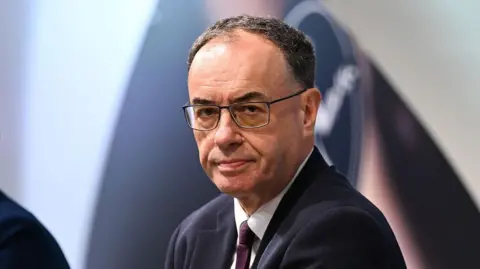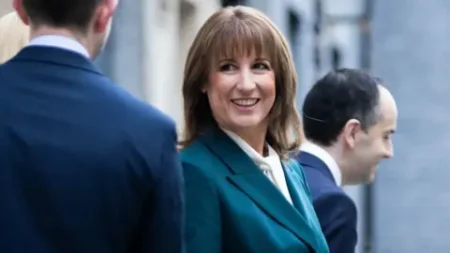**Understanding the Recent Cut in Bank of England’s Interest Rates**
The decision by the Bank of England to cut interest rates has sparked widespread discussion and inquiry, particularly given the complex economic backdrop. As of today, the Bank has reduced interest rates to 4%, despite inflation rates remaining significantly above its target of 2%. This paradox begs the question: why would the central bank choose to lower rates in such an environment?
One of the primary factors contributing to this decision is the evolving dynamics within the jobs market. The Bank of England’s nine-member Monetary Policy Committee faced a particularly tight decision, which even led to an unprecedented second vote during their discussions. Overall, the current data suggests a reduction in job vacancies and a subtle rise in unemployment. Such trends indicate less upward pressure on inflation in the medium term, which likely influenced the committee’s willingness to lower the rates.
However, this decision does not come without its challenges. Bank governor Andrew Bailey has acknowledged that the future trajectory of interest rates now carries more uncertainty than previously expected. This lack of clarity is underscored by the startling commitment of both deputy governor Clare Lombardelli and chief economist Huw Pill to vote against the rate cut, favoring maintaining the existing rates. Their alignment indicates a rift within the decision-making body regarding the best path forward, especially considering that inflation remains a formidable concern.
Interestingly, the visible pressures of inflation, particularly with food prices, are expected to escalate in the latter part of the year. Consumers are likely feeling the weight of these price increases, prompting speculation regarding the sustainability of the Bank’s decision to lower rates amidst such high inflation. It was anticipated that the central bank would continue to adopt a cautious, gradual approach to rate cuts, targeting a quarterly reduction into the next calendar year.
Despite these cuts — totaling five over the past year — the anticipated economic boost has not materialized as drastically as hoped. Current forecasts from the Bank suggest that the United Kingdom’s GDP growth for the second quarter may only reflect a modest 0.1%. In contrast, predictions for the third quarter indicate a slight uptick in growth to 0.3%, driven by external factors such as a new trade deal between the UK and the United States that aims to revive faltering export figures.
What is particularly notable, however, is the persistent high rate of savings by consumers, which remains at double-digit levels as a proportion of the economy. Even with pay on the rise, spending has not seen a corresponding increase. This consumer hesitance is tied to various factors, including the earlier high interest rates and broader economic sentiments that have been somewhat pessimistic, influenced by a downcast government outlook in the prior year.
For the economy to thrive, the Bank anticipates that consumer behavior relating to spending will revert to its pre-pandemic norms. If spending does increase and savings rates decline accordingly, the prospects for economic growth could become more optimistic. Nonetheless, there remains an ongoing wariness about inflation’s tenacity, particularly as food prices are poised to reflect continued pressures.
In conclusion, while the Bank of England’s decision to cut interest rates may seem counterintuitive amid soaring inflation, it is informed by nuanced assessments of the job market and consumer behavior. The interplay between government policies, economic sentiment, and consumer confidence will ultimately shape the effectiveness of these measures, determining the trajectory of the UK economy in the months to come. The Bank’s leadership, notably Andrew Bailey, now faces the difficult task of steering through this uncertain economic environment while addressing the concerns wrought by inflation and consumer behavior.











